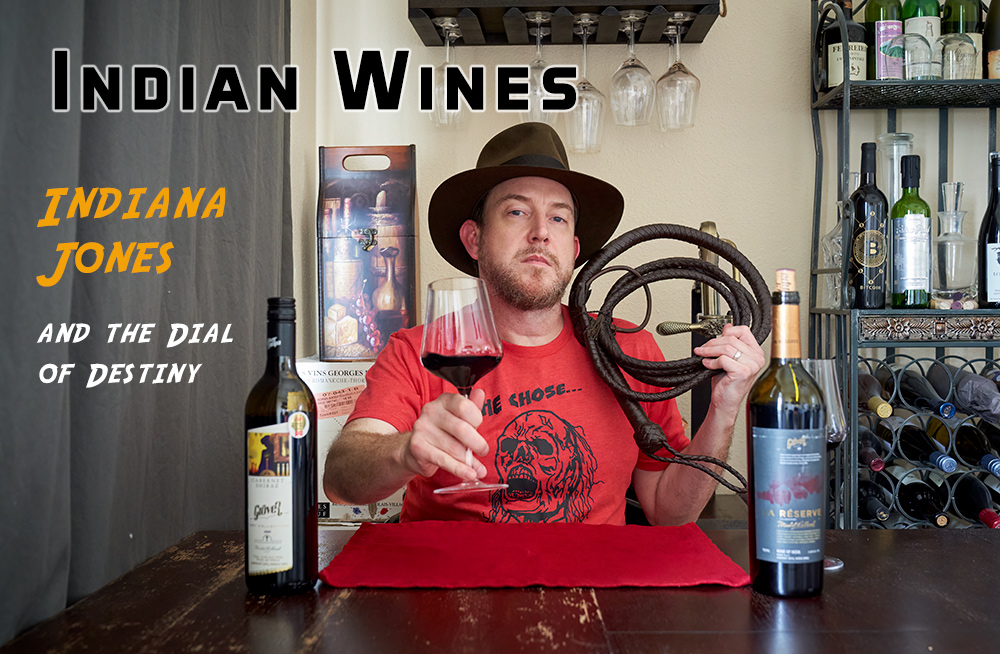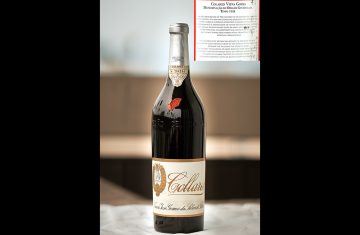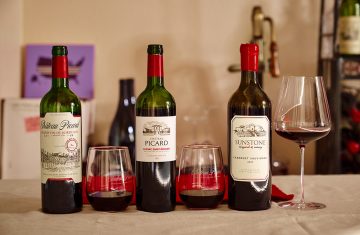As someone who grew up during the 1980s, I remember being introduced to the world’s coolest yet worst archaeologist, Indiana Jones. I have a vague memory of seeing the first one (Raiders of the Lost Ark) in the movie theater back when movies would make several rounds in theaters before they eventually made it to VHS. And then, a few years later, I remember seeing the sequel (yet prequel) Temple of Doom as well. As a white kid growing up in the rural Midwest, this was probably my first real introduction to India and what was perceived to be Indian culture. The jungles were wild and the culture seemed exotic to a young boy like myself.
All of this was very exciting and adventurous to a young boy like myself, but that was the problem. I wasn’t aware of the true drama behind the movie itself. First off, the movie was rated PG yet was seen as too violent for that rating and not ideal for small children. This led to the eventual creation by the MPAA of the PG-13 rating. Secondly, the movie’s depiction of Indian culture as barbaric and stereo-typical didn’t sit well with the country, so it was banned. Beyond this, it is generally considered the worst of the original trilogy by the general public. None of these issues connected with a young boy like myself. Now as an adult, I do see the stereotypical aspects as over the top but its the more adult tone to the movie is partially why I think I like it more now.
A while back I had come across some Indian wines online and hadn’t yet had a chance to try them. So with the imminent release of the final installment of the saga, Indiana Jones and the Dial of Destiny, I saw a good enough reason to pair this new film release with a wine tasting. Since I have never tried wines from India before, why not? I personally feel that while this film has its issues, it did open up my eyes to a broader view of the world and desire to gain my own opinion of cultures outside my own.
It is believed that wine was first introduced to India in around 500 BC by Persia. This can be traced back to the ancient Indus Valley civilization, where grape cultivation and wine production flourished. However, Indian winemaking faced significant challenges due to religious and cultural restrictions and was also decimated by the phylloxera epidemic of the late 19th century just like much of the rest of the world. Eventually, India gained its independence from England, and it wasn’t until the late 20th century that the modern Indian wine industry began to finally take shape.
Much of India resides within the tropical climate zone, so creating good wine is no small feat. High heat and heavy rain fall makes grape production and winemaking nearly impossible. So with its vast landscape and mountainous regions, India is heavily relying on higher altitude microclimates to achieve this. There at least two native hyrbrid grapes being used for wines as well, called Bangalore Blue and Bangalore Purple. Both, like American native hybrid grapes, are considered “too foxy” to be seen as prime time varietals.
One of the key pioneers was Kanwal Grover, who founded Grover Zampa Winery in the late 1980s when he joined forces with Georges Vesselle. Nestled in the picturesque Nandi Hills of Karnataka and the vineyards of Nashik, Grover Zampa benefits from diverse terroirs that yield grapes of exceptional character. The winery’s skilled winemakers skillfully craft a wide range of wines, from elegant reds to crisp whites, showcasing the unique flavors and nuances of India.
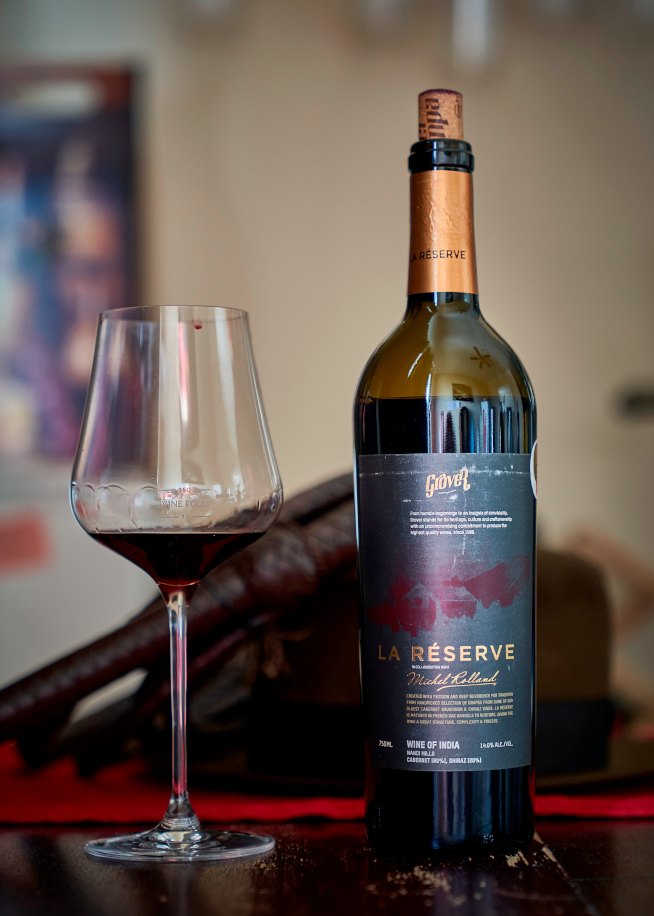
For my first wine, I chose their 2018 La Reserve red wine made from 80% Cabernet Sauvignon and 20% Shiraz. It’s a medium tannin and acid wine with notes of vanilla, ripe cherries, and hints of darker berries as well. It’s a solid wine that resembles an Old World style not at all surprising since much of Grover Zampa’s style comes from French wines and “flying winemaker” Michel Rolland.
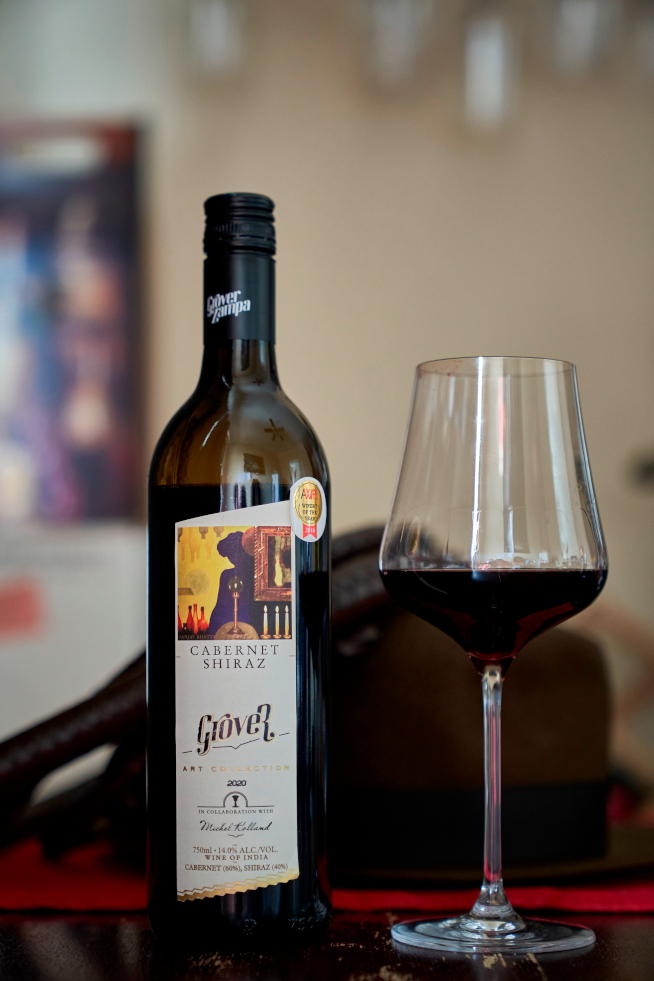
My second wine was their 2020 Cabernet Shiraz Art Collection red wine made up of 60% Cabernet Sauvignon and 40% Shiraz. It’s more tannic than the La Reserve and comes off more muted aromas and flavors with notes of burnt berries. There’s a clear difference between the 2 wines, one attempts to be top shelf, the other much more day-to-day drinkable.
All in all, I was pleasantly surprised with both of these Indian wines. I’ve tried several wines across much of southern Asia (Thailand, Cambodia, southern China) and find that these certainly stack up towards the top of those.
Grover Zampa is the second largest winery in the country, just behind Sula Vineyards, so I can only imagine what is coming out of the small boutique wineries. Looking forward to hopefully someday visiting some of these wineries in India and trying even more of their wines.

